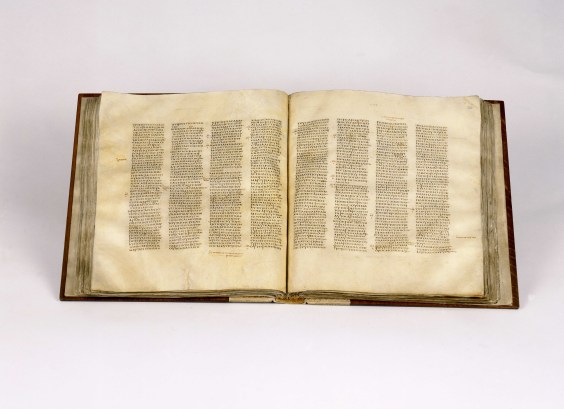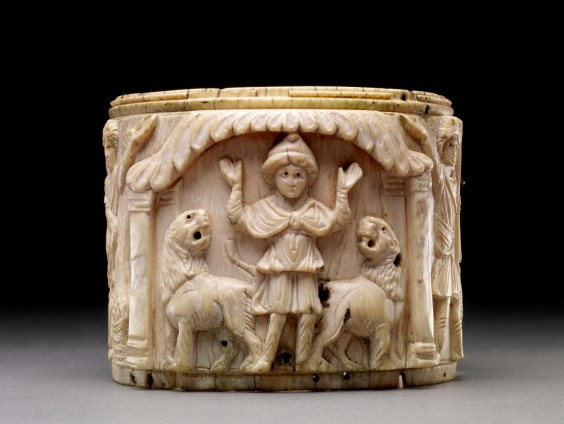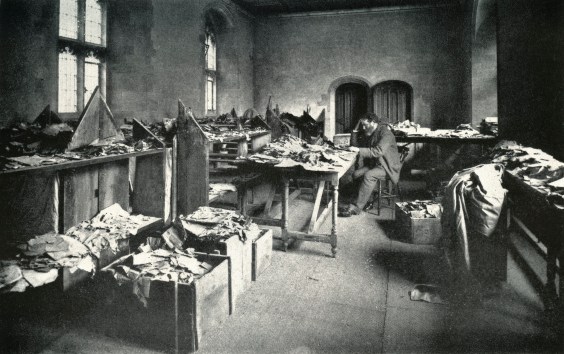Faith after the Pharaohs
The exhibition begins in 30 BC, when Egypt became a province of the Roman Empire after the death of Cleopatra and Mark Antony, and continues until AD 1171 when the rule of the Islamic Fatimid dynasty came to an end. The remarkable objects in the exhibition have been uniquely preserved in Egypt’s arid climate, and many have never been on display before. Their survival provides unparalleled access to the lives of individuals and communities, and they tell a rich and complex story of influences, long periods of peaceful coexistence, and intermittent tension and violence between Jews, Christians and Muslims.
Preview the exhibition below | The Top Five Exhibitions Opening This Week

Codex Sinaiticus, open at John chapter 5 verse 6 – chapter 6 verse 23, New Testament volume. Image courtesy of the British Library

Ivory pyxis box depicting Daniel with arms raised in prayer flanked by two lions (5th or early 6th century AD) © The Trustees of the British Museum

Solomon Schechter at his desk in Cambridge (c.1898) Image by © Lebrecht Authors/Lebrecht Music & Arts/Corbis












![Masterpiece [Re]discovery 2022. Photo: Ben Fisher Photography, courtesy of Masterpiece London](http://www.apollo-magazine.com/wp-content/uploads/2022/07/MPL2022_4263.jpg)
Suzanne Valadon’s shifting gaze